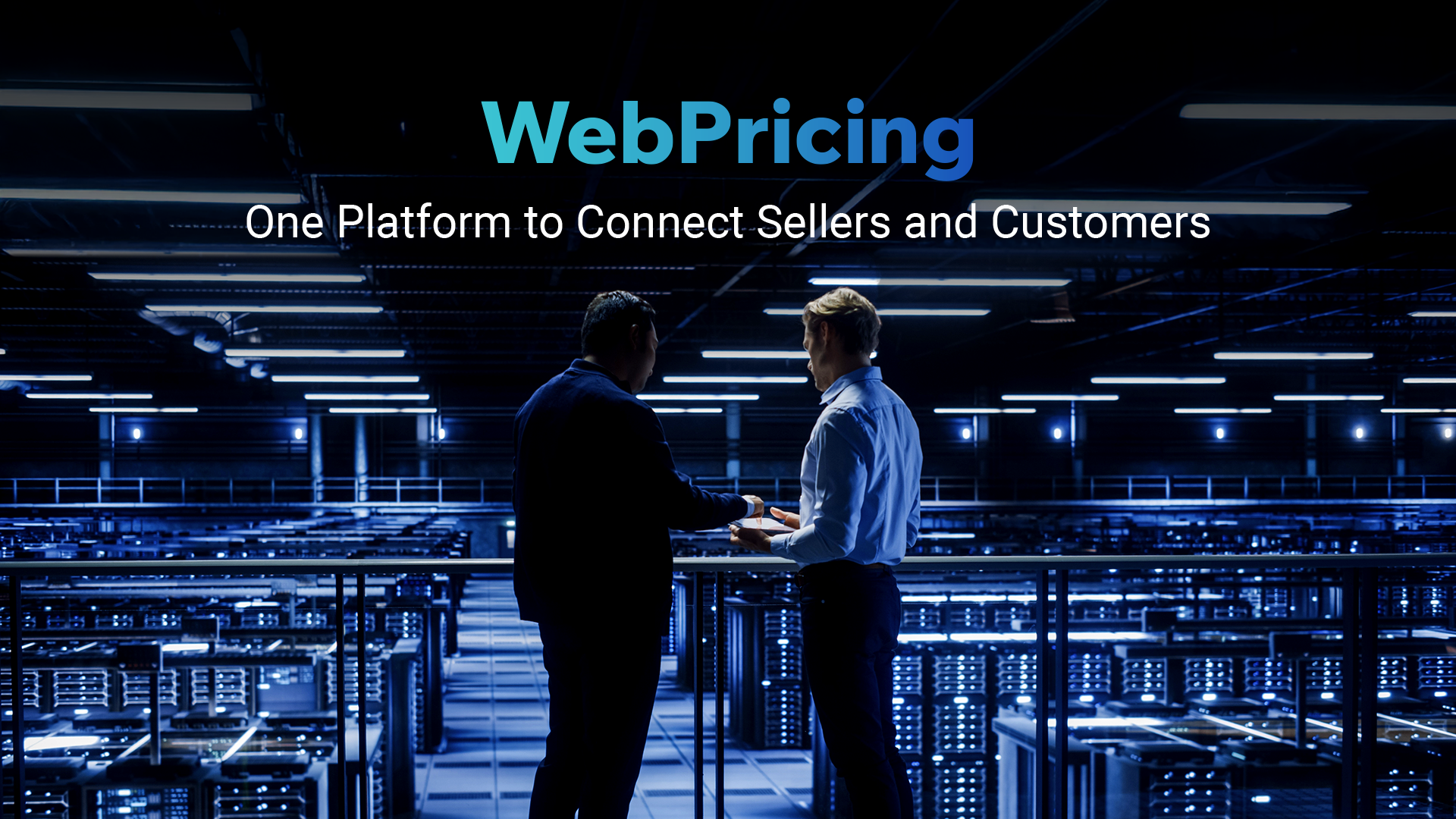As businesses move to the cloud, they often encounter three primary service models: SaaS (Software as a Service), PaaS (Platform as a Service), and IaaS (Infrastructure as a Service). Each model serves a different purpose and offers varying levels of control, flexibility, and management. But how do they compare, and which one is right for your business? What Is SaaS (Software as a Service)? SaaS is a cloud-based software delivery model where users can access applications over the internet without installing or maintaining software on their devices. The cloud provider manages everything, including servers, storage, updates, and security. Key Features of SaaS: ✅ No installation required – Access software via a web browser.✅ Managed by the provider – No need to worry about infrastructure or updates.✅ Scalable and cost-effective – Subscription-based pricing with minimal upfront costs. When to Use SaaS? What Is PaaS (Platform as a Service)? PaaS provides a development platform that allows businesses to build, test, and deploy applications without managing the underlying infrastructure. Developers get a pre-configured environment to streamline application development. Key Features of PaaS: ✅ Speeds up development – Developers can focus on coding rather than infrastructure setup.✅ Includes development tools – Integrated databases, frameworks, and middleware.✅ Supports collaboration – Multiple developers can work on the same project simultaneously. Examples of PaaS: When to Use PaaS? What Is IaaS (Infrastructure as a Service)? IaaS provides virtualized computing resources over the internet, including servers, storage, networking, and security. Businesses have complete control over their infrastructure while outsourcing hardware maintenance. Key Features of IaaS: ✅ Full control over infrastructure – Customize servers, networks, and storage.✅ Highly scalable – Increase or decrease resources based on demand.✅ Pay-as-you-go pricing – Only pay for the resources you use. Examples of IaaS: When to Use IaaS? SaaS vs. PaaS vs. IaaS: Key Differences Feature SaaS (Software as a Service) PaaS (Platform as a Service) IaaS (Infrastructure as a Service) Purpose Ready-to-use software Platform for app development Virtualized infrastructure Management Fully managed by the provider Managed platform, but apps are user-controlled Users manage everything except hardware User Control Least control Moderate control Most control Scalability Automatic scaling Scalable app development Fully scalable infrastructure Best For End-users needing cloud software Developers building applications IT teams managing infrastructure Examples Google Workspace, Zoom, Salesforce Heroku, AWS Elastic Beanstalk, Azure App Services AWS, Google Cloud, Microsoft Azure Which Cloud Model Is Right for You? ✅ Use SaaS if you need an easy-to-use, fully managed software solution for productivity and collaboration.✅ Use PaaS if you are a developer or business looking for a streamlined environment to build and deploy apps.✅ Use IaaS if you need full control over your infrastructure for high-performance computing, storage, and networking. Can You Use SaaS, PaaS, and IaaS Together? Yes! Many businesses combine all three models to create a powerful cloud strategy. For example: Conclusion SaaS, PaaS, and IaaS each serve different needs in cloud computing. Whether you need fully managed software, a development platform, or complete infrastructure control, understanding these cloud models helps you make the right decision for your business.













